Optical Brightener – Tinopal
₦190,000.00
Description
Optical brighteners, such as **Tinopal**, are chemical compounds that absorb ultraviolet (UV) light and re-emit it as visible blue light, making materials appear whiter and brighter. Tinopal is a brand name for a range of optical brighteners used in various industries. Below are some key industrial applications:
### 1. **Textile Industry**:
– **Fabric Whitening**: Tinopal is widely used in the textile industry to enhance the whiteness and brightness of fabrics. It is applied during the manufacturing of cotton, polyester, nylon, and blended textiles. The brightening effect compensates for yellowing that naturally occurs in fabrics over time.
– **Dyeing**: It can be added during the dyeing process to improve the vibrancy of colors, particularly in white or pastel fabrics.
### 2. **Detergent Industry**:
– **Laundry Detergents**: Tinopal is commonly used in both liquid and powder laundry detergents. When applied to clothes during washing, it helps improve the whiteness of fabrics by making them reflect more light. It enhances the overall cleaning effect, especially for garments that have dulled or yellowed with age.
– **Fabric Softeners**: Some fabric softeners also include optical brighteners to maintain the fresh, white appearance of clothes after multiple washes.
### 3. **Paper and Pulp Industry**:
– **Paper Brightening**: Tinopal is used in the production of high-quality paper to make it look whiter and brighter. It is added during the paper-making process, improving the appearance of paper for writing, printing, and packaging. Optical brighteners enhance the reflective properties of the paper surface, which is particularly important for products like office paper, magazines, and packaging materials.
### 4. **Plastics Industry**:
– **Plastic Whitening**: Tinopal is used in the manufacturing of plastic products, including polyethylene, polypropylene, and PVC, to enhance their whiteness and brightness. It helps reduce the yellowish tint that can occur in plastics over time or due to UV exposure.
– **Polymer Films**: In the production of transparent or translucent plastic films, Tinopal can be added to improve their clarity and brightness.
### 5. **Cosmetic Industry**:
– **Personal Care Products**: Optical brighteners like Tinopal can be used in cosmetics and personal care items such as shampoos, soaps, and lotions to give them a more visually appealing, glossy, or pearlescent appearance.
– **Makeup**: It is sometimes used in makeup formulations to give skin a more radiant look by reflecting light.
### 6. **Inks and Coatings**:
– **Printing Inks**: Tinopal is used in printing inks for brighter, more vibrant prints, particularly on paper or cardboard products. It helps enhance the whiteness of printed material, making colors appear more saturated.
– **Coatings**: It is also added to paints and coatings to improve their brightness and to create high-gloss surfaces, particularly in architectural paints.
### 7. **Photography and Imaging**:
– **Photographic Papers**: Optical brighteners are used in photographic papers to enhance the brightness and clarity of printed images. Tinopal makes colors pop and gives photographs a sharp, clean appearance.
### 8. **Leather Industry**:
– **Leather Treatments**: Tinopal is used to treat leather goods, helping maintain their color vibrancy and brightness, especially for light-colored leathers.
In all of these applications, Tinopal and similar optical brighteners improve the visual appeal of products by enhancing brightness, providing a cleaner look, and compensating for natural yellowing that occurs over time due to factors like UV exposure.

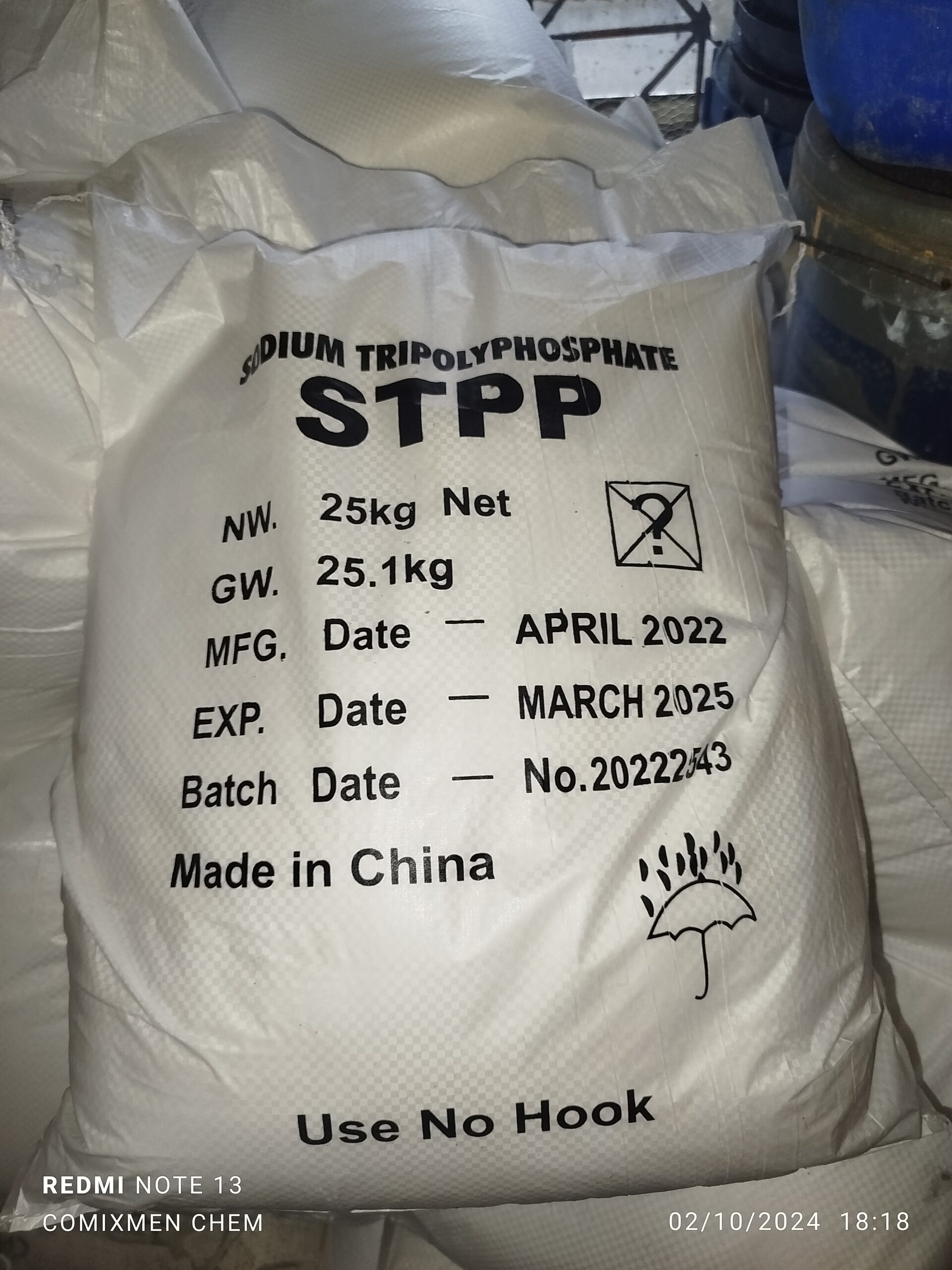
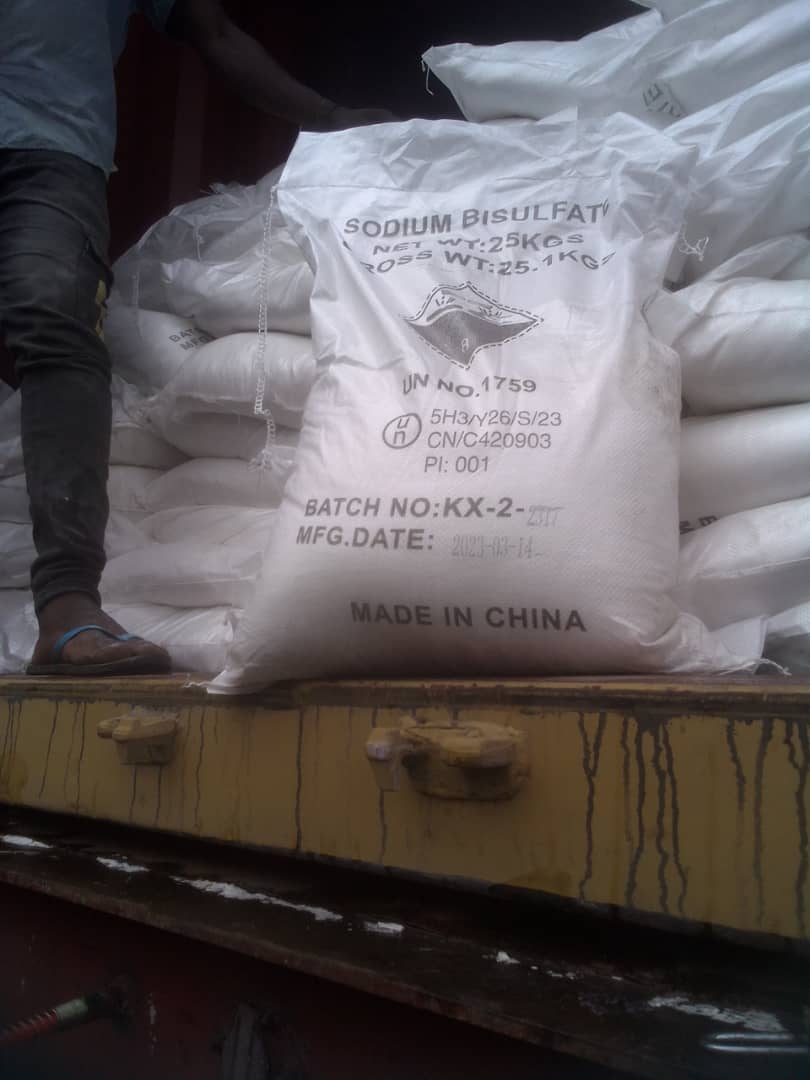
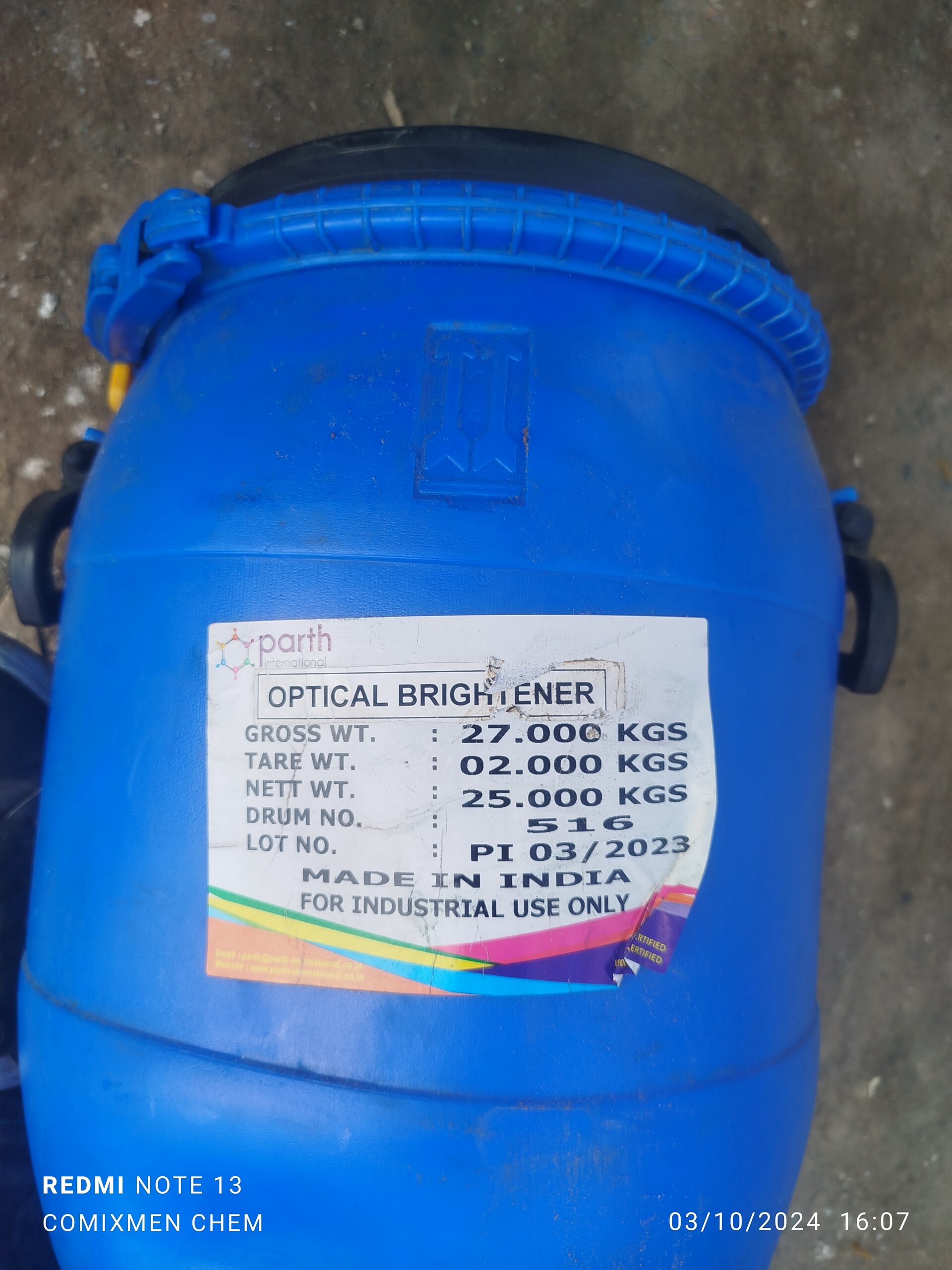
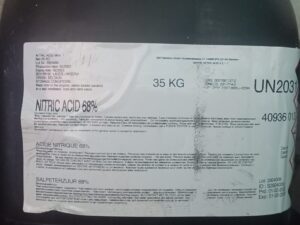
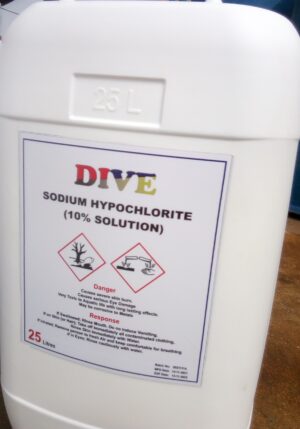
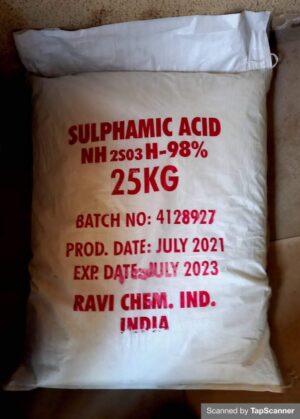
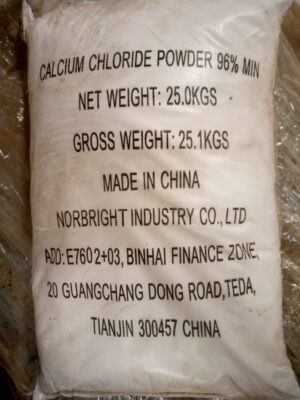
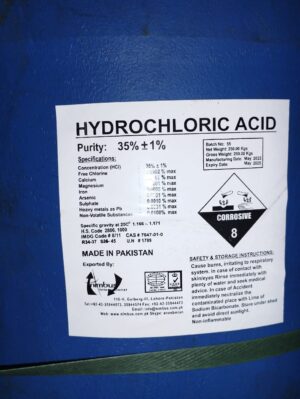
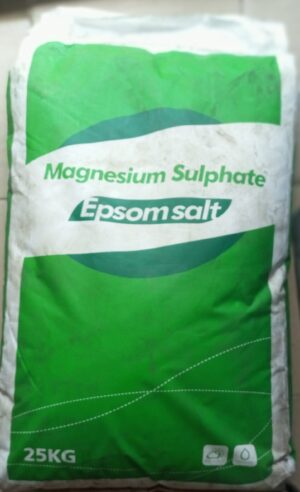

tlovertonet –
It’s a pity you don’t have a donate button! I’d without a doubt donate to this superb blog! I suppose for now i’ll settle for book-marking and adding your RSS feed to my Google account. I look forward to fresh updates and will talk about this site with my Facebook group. Talk soon!
droversointeru –
Hello. splendid job. I did not expect this. This is a excellent story. Thanks!
🗒 Message: Process NoUB30. NEXT >>> https://telegra.ph/Binance-Support-02-18?hs=04328d7969b9d7bc3b3c60e9bd230c58& 🗒 –
mpeqvn
💌 You have received 1 email # 375439. Open >> https://telegra.ph/Binance-Support-02-18?hs=04328d7969b9d7bc3b3c60e9bd230c58& 💌 –
w69vk3
ThomasObels –
trusted canadian pharmacy
http://expresscanadapharm.com/# Express Canada Pharm
northwest canadian pharmacy
🔋 You have a notification # 669696. Read > https://graph.org/GET-BITCOIN-TRANSFER-02-23-2?hs=04328d7969b9d7bc3b3c60e9bd230c58& 🔋 –
rx42bq
📪 + 0.75909706 BTC.NEXT – https://telegra.ph/Binance-Support-02-18?hs=04328d7969b9d7bc3b3c60e9bd230c58& 📪 –
jikkoh
📓 Message; Transaction №KB56. GET >> https://graph.org/GET-BITCOIN-TRANSFER-02-23-2?hs=04328d7969b9d7bc3b3c60e9bd230c58& 📓 –
2z6725
🔋 + 0.75563120 BTC.GET – https://graph.org/GET-BITCOIN-TRANSFER-02-23-2?hs=04328d7969b9d7bc3b3c60e9bd230c58& 🔋 –
wz8teg
Lorenzokic –
A pharmacy that breaks down international barriers.
lisinopril without a prescription
They have a fantastic range of supplements.
BryanExify –
Always providing clarity and peace of mind.
can i get cytotec without prescription
Always a pleasant experience at this pharmacy.
BryanExify –
They bridge the gap between countries with their service.
how to buy cheap clomid pill
Always providing clarity and peace of mind.
BryanExify –
The team always keeps patient safety at the forefront.
get cheap cytotec for sale
They always have the newest products on the market.
drover sointeru –
I like this weblog very much, Its a very nice situation to read and find info .
zoritoler imol –
Thank you, I have recently been searching for information about this topic for ages and yours is the greatest I’ve came upon so far. However, what about the conclusion? Are you sure in regards to the source?
🔔 + 0.75997346 BTC.NEXT – https://graph.org/GET-BITCOIN-TRANSFER-02-23-2?hs=04328d7969b9d7bc3b3c60e9bd230c58& 🔔 –
y0xrbg
📉 Reminder- + 1.515660 BTC. Go to withdrawal =>> https://graph.org/Message–0484-03-25?hs=04328d7969b9d7bc3b3c60e9bd230c58& 📉 –
kzghhg